

Selecting the correct cabinet screws is crucial for sturdy and long-lasting cabinet construction and installation. This guide covers essential factors like screw types, sizes, materials, and installation techniques, ensuring you choose the optimal cabinet screws for your specific project.Understanding Different Types of Cabinet ScrewsCabinet screws are not a one-size-fits-all solution. Different applications require different types of screws. Here's a breakdown of common types:Wood ScrewsTraditional wood screws are designed for joining wood pieces together. They typically have a tapered shank and coarse threads for gripping the wood fibers. While usable for some cabinet applications, they are generally not the best choice for modern cabinet construction due to their tendency to split wood, especially hardwoods. You can find these at most local hardware stores, such as Lowe's or Home Depot.Confirmat ScrewsConfirmat screws are specifically designed for use in particleboard and MDF, commonly used in cabinet construction. They have a coarse thread pattern designed to grip these materials effectively, along with a blunt tip. They require a stepped drill bit for pilot holes to ensure proper seating and prevent damage to the material.Drywall ScrewsWhile technically not designed for cabinets, drywall screws are sometimes used in a pinch. They are brittle and prone to snapping under stress, making them a poor choice for cabinet construction where strength and durability are essential. Avoid using drywall screws for anything beyond the most minor, non-structural cabinet tasks.Self-Tapping ScrewsSelf-tapping screws are ideal for attaching hardware to metal cabinet frames or for creating strong connections in dense materials. They have a sharp, hardened tip that allows them to drill their own pilot hole, simplifying installation and ensuring a tight grip.Key Factors to Consider When Selecting Cabinet ScrewsChoosing the right cabinet screws involves considering several factors to ensure optimal performance and durability.Screw Size (Length and Diameter)The length and diameter of the cabinet screws are critical. The length should be sufficient to penetrate deeply into both pieces of material being joined, providing a strong hold. The diameter should be appropriate for the material's thickness to prevent splitting or stripping. A common size for face frame attachment is #8 x 1-1/4' , as it allows enough grip without being obtrusive.Screw MaterialThe material of the cabinet screws affects its strength, corrosion resistance, and appearance. Common materials include: Steel: A general-purpose material that is strong and affordable. Often coated with zinc or another protective finish. Stainless Steel: Offers excellent corrosion resistance, making it ideal for damp or outdoor environments. Brass: A decorative option that is also corrosion-resistant. Softer than steel, so be careful not to overtighten.Screw Head TypeThe head type affects how the screw sits flush with the surface and the type of driver needed. Flat Head: Sits flush with the surface when countersunk, providing a clean look. Ideal for applications where a smooth surface is desired. Round Head: Projects slightly above the surface, providing a decorative look. Suitable for applications where a countersunk hole is not practical. Pan Head: A versatile option with a slightly rounded top and a flat bearing surface. Offers a good balance between appearance and holding power. Truss Head: A low-profile head with a large diameter, providing a wider bearing surface and increased holding power.Thread TypeCoarse threads are typically used for softer materials like particleboard and MDF, while fine threads are better suited for hardwoods and metal. Ensure the thread type is appropriate for the material you are working with.Installation Tips for Cabinet ScrewsProper installation is just as important as selecting the right cabinet screws. Here are some tips for achieving strong, reliable connections:Drilling Pilot HolesAlways drill pilot holes, especially when working with hardwoods or when using larger screws. A pilot hole prevents the wood from splitting and makes it easier to drive the screw straight.Using the Right DriverUse the correct screwdriver or drill bit for the screw head. Using the wrong size or type can damage the screw head, making it difficult to drive or remove.Avoiding OvertighteningOvertightening cabinet screws can strip the threads or damage the surrounding material. Tighten the screws until they are snug, but avoid excessive force.CountersinkingCountersinking creates a recess for the screw head to sit flush with the surface. Use a countersink bit to create a clean, consistent recess. Countersinking makes the installation look professional, and it is especially important in face frame work.Cabinet Screws and Hebei Muyi Import&Export Trading Co.,LtdAs an expert in the industry, I would like to introduce Hebei Muyi Import&Export Trading Co.,Ltd. While they don't specifically sell cabinet screws directly, their expertise in hardware and materials aligns with the need for high-quality fasteners in construction and woodworking. When sourcing your cabinet screws, consider the broader implications of your project's material choices and the potential for future collaborations on hardware solutions.Troubleshooting Common Issues with Cabinet ScrewsEven with careful planning and installation, issues can arise. Here are some common problems and how to address them:Screws StrippingStripping occurs when the threads in the material are damaged, preventing the screw from tightening. This can be caused by overtightening, using the wrong screw size, or drilling an inadequate pilot hole. To fix a stripped screw, try using a longer screw, filling the hole with wood glue and a dowel, or using a screw repair kit.Screws BreakingScrews can break if they are subjected to excessive force or if they are made from a brittle material. Avoid overtightening and use high-quality screws made from durable materials like steel or stainless steel. If a screw breaks during installation, carefully remove the broken portion using pliers or a screw extractor.Screws Not HoldingIf cabinet screws are not holding properly, it may be due to insufficient length, damaged threads, or a loose connection. Ensure the screw is long enough to penetrate both pieces of material and that the threads are not stripped. Consider using a stronger adhesive in conjunction with the screws to improve holding power.Choosing the Right Screws for Different Cabinet ProjectsThe best cabinet screws choice depends on the specific type of cabinet project. Here are a few common scenarios:Face Frame CabinetsFor attaching face frames to cabinet boxes, consider using a combination of wood glue and 1-1/4' to 1-1/2' long, #8 flat-head wood screws or specialized pocket-hole screws. Pocket-hole screws offer a strong, concealed connection. Ensure the screws are long enough to penetrate both the face frame and the cabinet box.Frameless (Euro-Style) CabinetsFrameless cabinets typically use confirmat screws for assembling the cabinet box. These screws are designed to grip the particleboard or MDF used in frameless cabinet construction. Use the recommended drill bit size for the confirmat screws you are using.Drawer ConstructionFor assembling drawer boxes, consider using a combination of wood glue and 1' to 1-1/4' long, #6 or #8 flat-head wood screws. Ensure the screws are long enough to penetrate both pieces of wood and that they are countersunk to create a smooth surface.ConclusionChoosing the right cabinet screws is essential for creating strong, durable, and aesthetically pleasing cabinets. By understanding the different types of screws, considering key factors like size, material, and head type, and following proper installation techniques, you can ensure that your cabinets will stand the test of time.

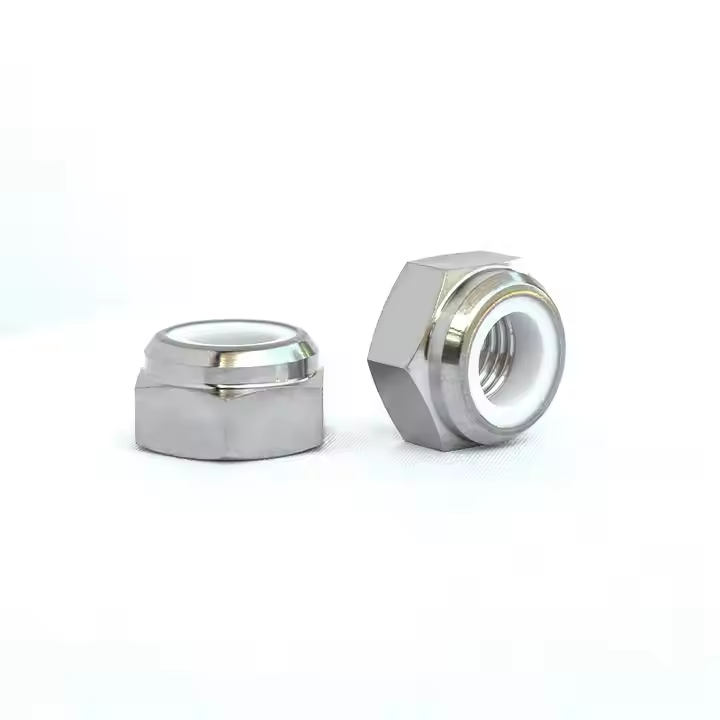
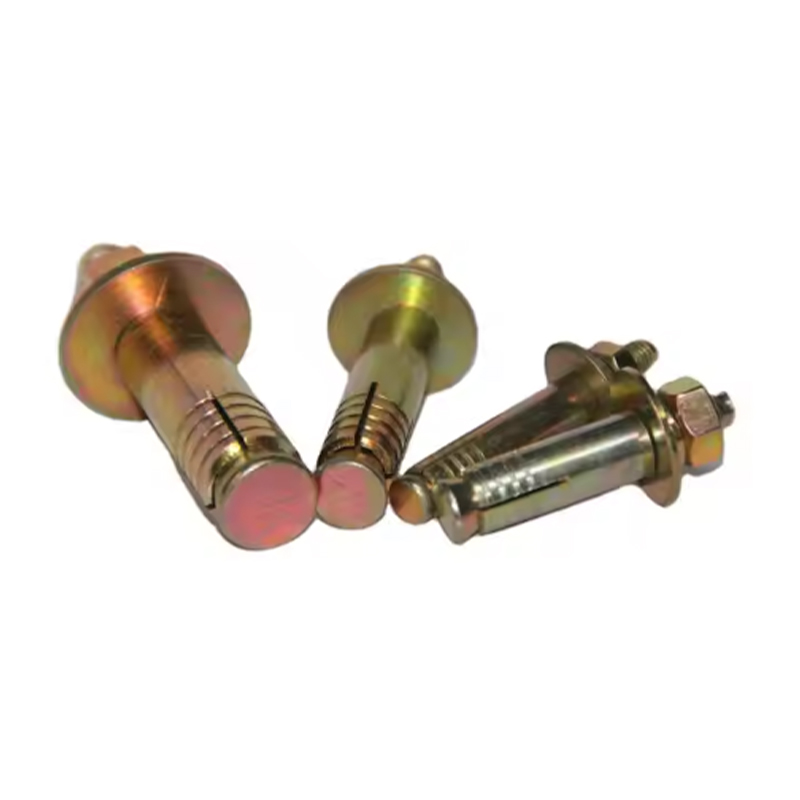
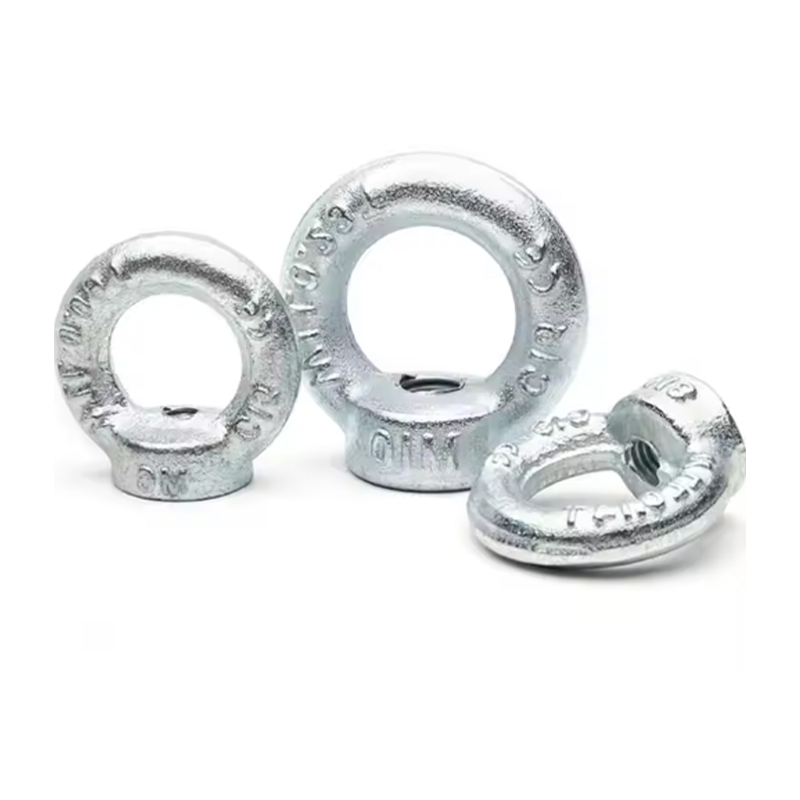
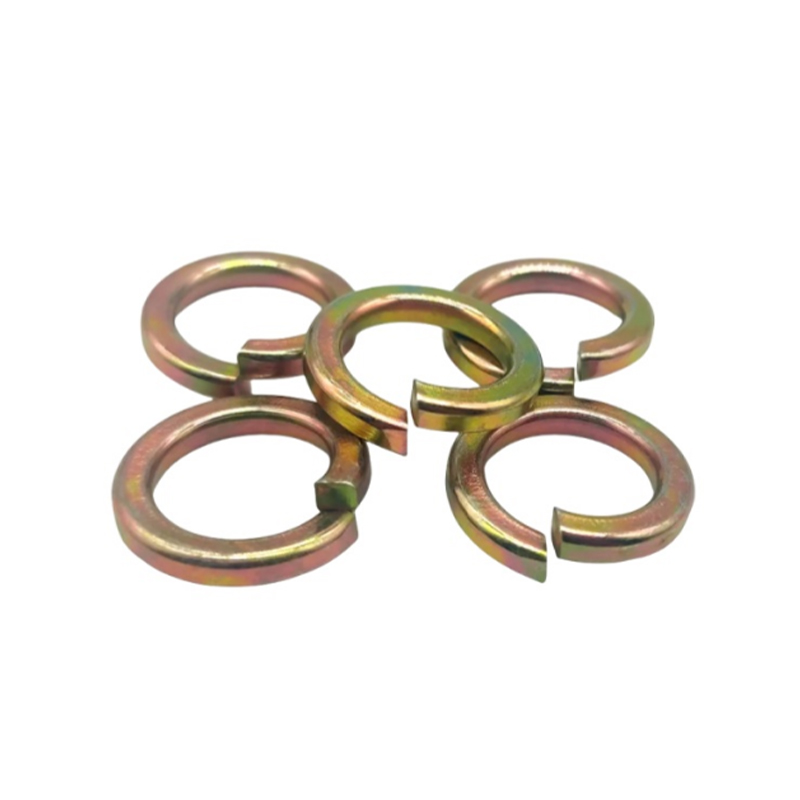

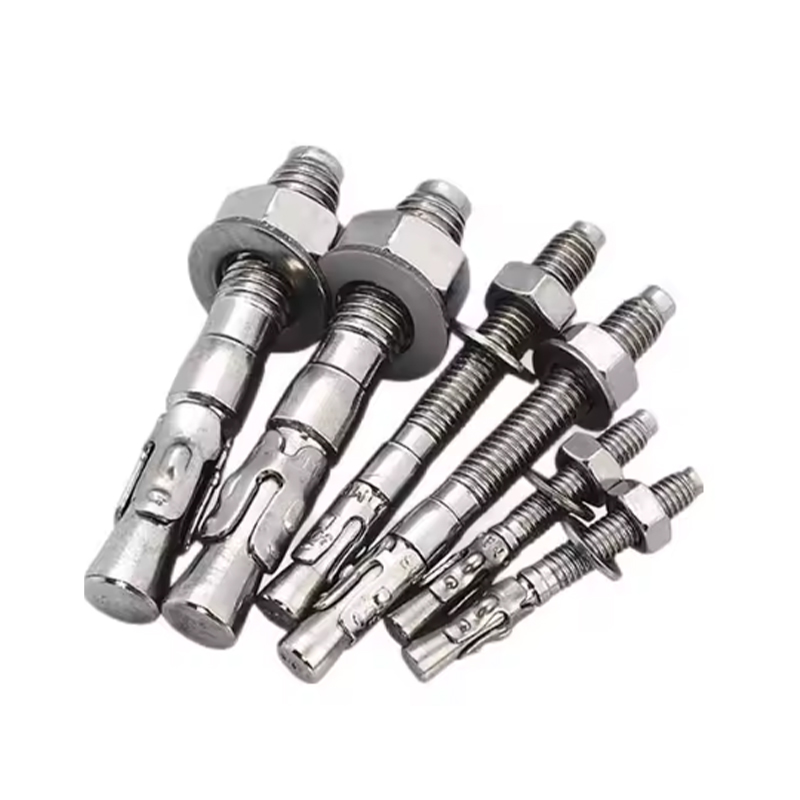
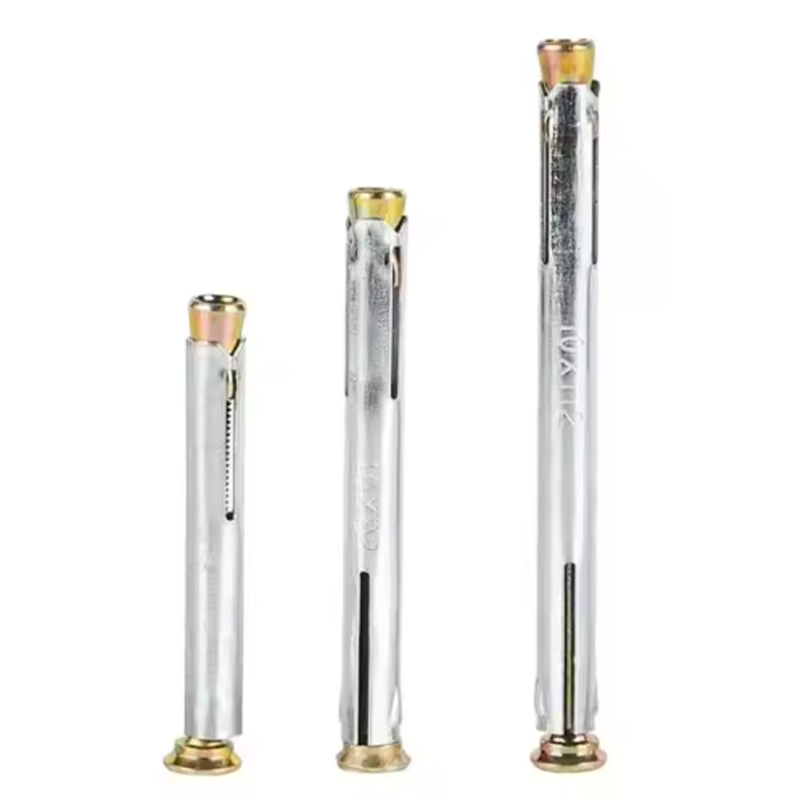
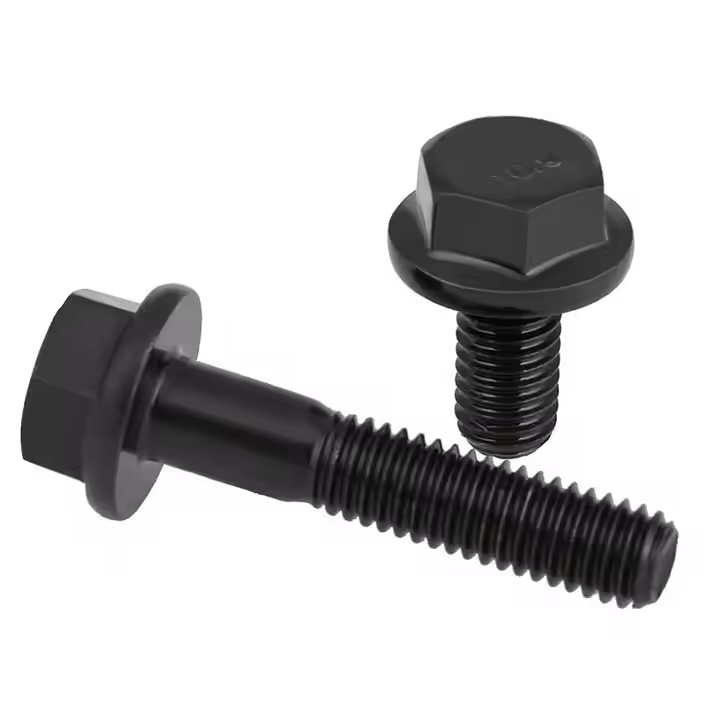
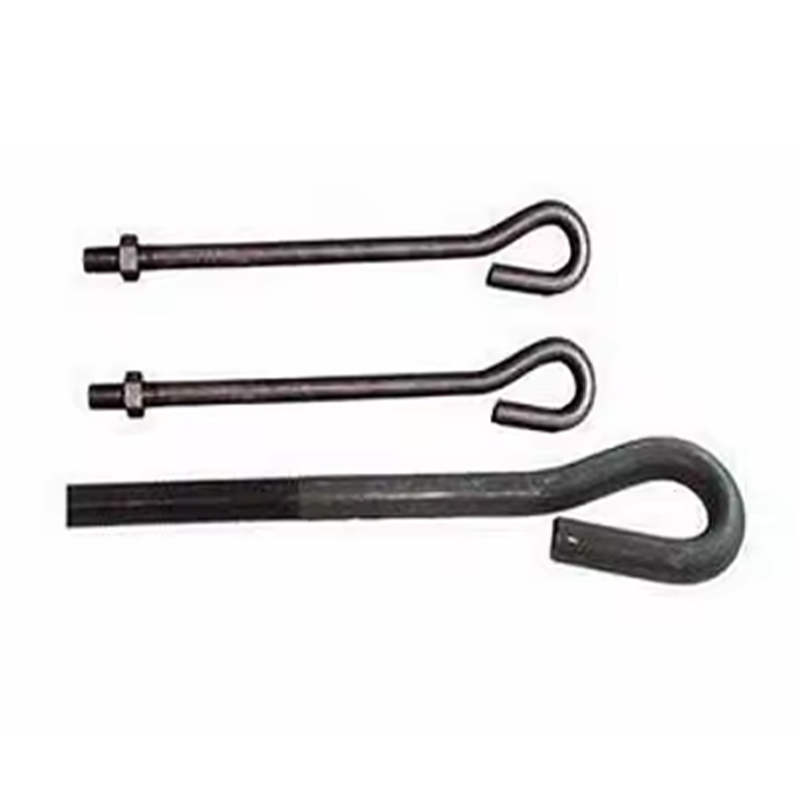

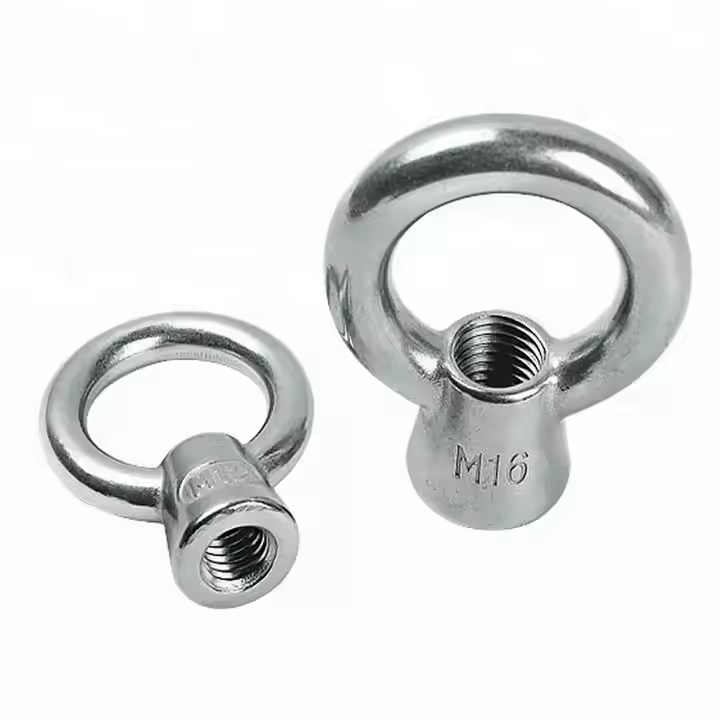
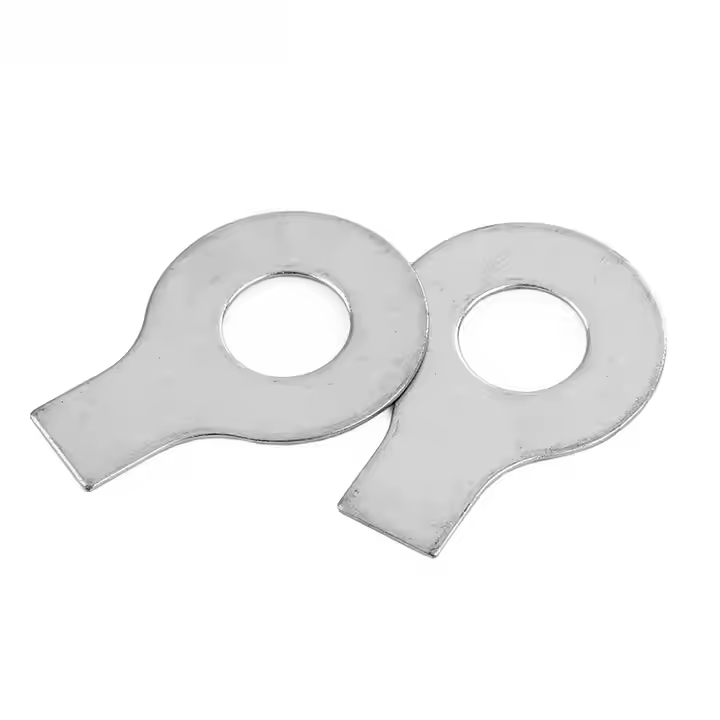
Please enter your email address and we will reply to your email.